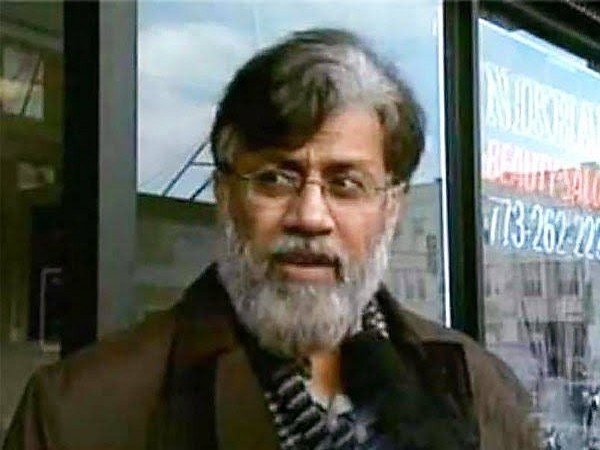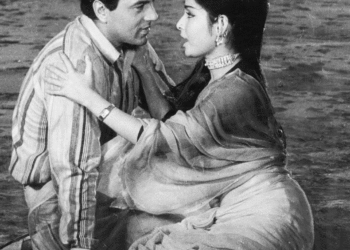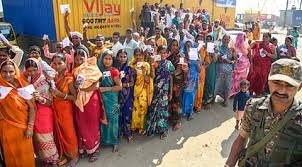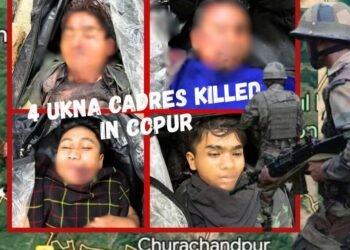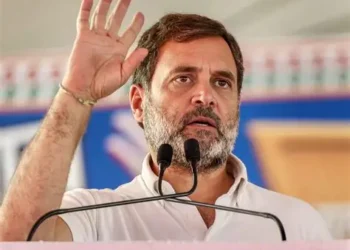A U.S. court has approved the extradition of Tahawwur Rana to India for his alleged involvement in the 26/11 Mumbai attacks. Accused of assisting Lashkar-e-Taiba in planning the assault, Rana’s extradition could provide crucial insights into the terror network that orchestrated one of India’s darkest tragedies.
BY Navin Upadhyay
The 2008 Mumbai terror attacks, which claimed the lives of over 175 people and injured hundreds, remain one of the darkest chapters in modern Indian history. A coordinated assault by 10 Lashkar-e-Taiba (LeT) operatives targeted multiple landmarks in Mumbai, including the Taj Mahal Palace Hotel, Chhatrapati Shivaji Maharaj Terminus, and Nariman House. Behind the scenes of this gruesome attack, Pakistani-Canadian Tahawwur Rana played a critical role in facilitating the operation, leveraging his immigration business and personal connections to aid the perpetrators.
Who Is Tahawwur Rana?
Tahawwur Hussain Rana, a former doctor in the Pakistan Army, immigrated to Canada, where he established an immigration consultancy service. Later settling in Chicago, Rana became a prominent figure in his community. However, his ties to David Headley (formerly Daood Gilani), a Pakistani-American operative of LeT, dragged him into one of the most devastating global terrorism conspiracies.
Rana’s Connection with David Headley
David Headley, a co-conspirator in the Mumbai attacks, played a key role in the reconnaissance of the attack sites. Rana and Headley’s association began years earlier, with Headley using Rana’s immigration business as a cover to secure a multi-year visa to India. Ostensibly granted to set up a branch of Rana’s consultancy in Mumbai, this visa allowed Headley to pose as a legitimate businessman while conducting surveillance of the attack sites.
Headley reportedly shared his plans with Rana, who not only expressed approval but also praised the attackers. Court documents reveal that Rana commended the terrorists, stating that the victims in India “deserved it.” His facilitation of Headley’s activities became a critical enabler for LeT’s operation.
The Role of Rana’s Immigration Services
Rana’s immigration services were instrumental in providing logistical support for Headley’s movements. Under the guise of legitimate business expansion, the firm enabled Headley to gain access to sensitive areas in India without raising suspicion. This cover was essential for the success of the reconnaissance missions that preceded the attacks.
Headley later admitted to mapping key locations in Mumbai, including the Taj Mahal Palace Hotel and Nariman House. He passed this intelligence to LeT handlers, who used it to plan the assault with precision.
Legal Proceedings and Convictions
Rana was arrested in the United States in 2009, initially for plotting to bomb the Danish newspaper Jyllands-Posten, which had published controversial depictions of Prophet Mohammed. Alongside these charges, Rana faced accusations of supporting LeT and conspiring in the 26/11 Mumbai attacks.
In 2011, a U.S. federal court convicted Rana of providing material support to LeT and conspiring in the Danish terror plot. However, he was acquitted of charges directly related to the Mumbai attacks. Despite this acquittal, India pursued his extradition, emphasizing his role in enabling Headley’s reconnaissance missions and supporting LeT’s broader terror activities.
U.S. Court Approves Extradition
After years of legal battles, the Ninth Circuit Court of Appeals in California has upheld a lower court’s decision approving Rana’s extradition to India. The court ruled that the 1997 India-U.S. extradition treaty covered the crimes Rana was accused of in India, including conspiracy, waging war, terrorism, and murder.
Tahawwur Rana to Be Extradited to India for 2008 Mumbai Terror Attacks” https://t.co/vwk14adITR #Mumbaiattack #TahawwurRana #extradition
— Navin Upadhyay (@Navinupadhya) January 1, 2025
Judge Milan Smith, writing for the court, stated that India had presented sufficient evidence to establish probable cause, justifying Rana’s extradition. This decision marked a significant step in India’s quest to bring all culprits of the Mumbai attacks to justice.
David Headley’s Role and Non-Extradition
While Rana faces extradition, David Headley, his accomplice, remains in the United States under a plea deal. Headley, who cooperated with U.S. authorities, was spared extradition in exchange for intelligence on LeT and related terror activities. Headley’s testimony played a key role in exposing Rana’s involvement and the broader network behind the Mumbai attacks.
Rana’s extradition is a partial victory for India in its long-standing efforts to hold all perpetrators of the Mumbai attacks accountable. Once extradited, Rana will face trial on multiple charges, including terrorism and conspiracy. His prosecution could provide further insights into the operational planning of the attacks and the networks that supported them.
Tahawwur Rana’s role in the 2008 Mumbai terror attacks underscores the importance of international cooperation in countering terrorism. His extradition not only brings India closer to justice for the victims of 26/11 but also serves as a reminder of the far-reaching impact of global terror networks. As Rana faces trial in India, the world watches to see how justice will unfold for one of the most heinous crimes in recent history.


